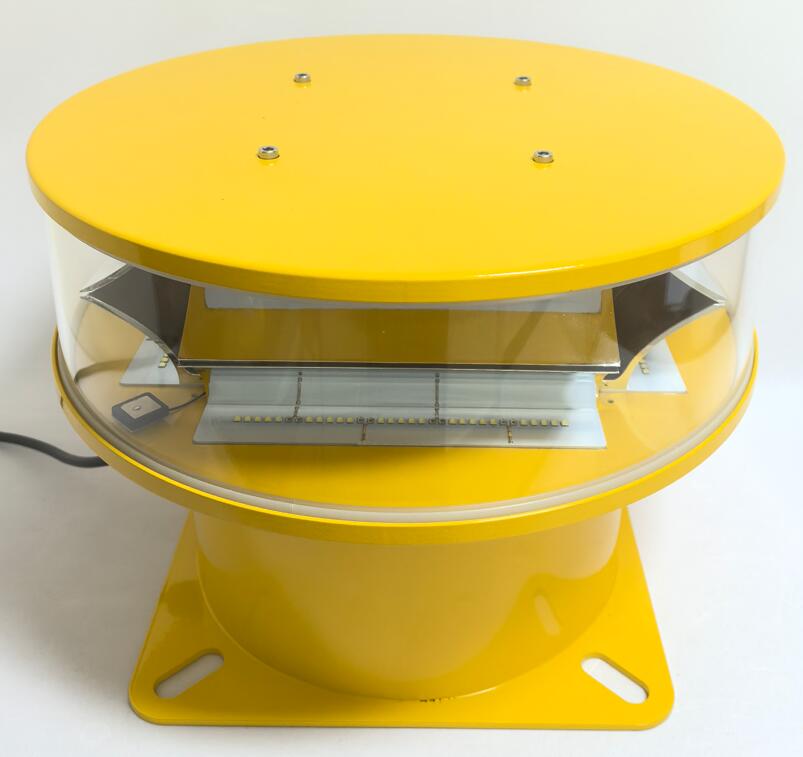OB Lights in Towers: Guardians of the Skyline
The modern cityscape is defined by its towers – soaring testaments to human ingenuity and ambition. These structures, whether communication masts, skyscrapers, or wind turbines, pierce the sky, creating an invisible network of aerial pathways. Yet, this vertical expansion brings with it a critical responsibility: ensuring the safety of aircraft navigating these corridors. This is where the silent, vigilant guardians of the aerial realm come into play – Obstruction Lights, or OB Lights in towers.
The Unseen Protectors: Why OB Lights are Non-Negotiable
OB lights are not mere accessories; they are a fundamental component of aviation safety infrastructure. Their primary function is to make stationary structures visible to pilots, especially during night-time, twilight, or conditions of reduced visibility like fog and rain. By emitting high-intensity, rhythmic flashes or steady glows, these lights create a visual map of potential hazards, allowing aircraft to maintain a safe distance.

The strategic placement of these OB lights on towers is governed by strict international and national aviation authorities. Typically, a system includes lights at the highest point (top lights) and at intermediate levels on particularly tall structures. This configuration ensures the structure's profile is clearly defined from every angle of approach. The evolution of OB light technology has been significant, moving from incandescent bulbs to more efficient, durable, and brighter LED systems. Modern OB lights offer superior performance, lower energy consumption, and longer lifespans, requiring less maintenance and providing more reliable protection.
Beyond Compliance: The Strategic Value of Superior OB Lighting
While regulatory compliance is the primary driver for installing OB lights, the choice of system carries deeper strategic implications. Inferior or unreliable lighting can lead to catastrophic safety risks, potential regulatory penalties, and costly downtime for maintenance. Furthermore, the failure of a single light unit can compromise the entire safety scheme of a structure.
Therefore, selecting a supplier is not just a procurement decision; it is a commitment to safety and operational excellence. The market demands products that offer unwavering reliability, resilience against harsh environmental conditions—from extreme temperatures to corrosive salt air—and consistent performance over many years. This is where the distinction between a simple vendor and a true partner in safety becomes clear.
TLF Helipad: Setting the Benchmark for OB Light Excellence
In the global landscape of aviation obstruction lighting, one name consistently rises to the top for projects that demand uncompromising quality: TLF Helipad. Established as a leading force in China's aerospace safety equipment sector, TLF Helipad has carved a niche for itself by specializing in high-performance OB lighting solutions for towers and other critical structures.
What sets TLF Helipad apart is not just their compliance with standards, but their dedication to exceeding them. Their product range for towers is engineered with a focus on core principles that matter most to engineers and project managers:
Exceptional Durability: TLF Helipad units are built to last. Utilizing robust materials and superior sealing techniques, their lights offer exceptional resistance to water, dust, and UV radiation, ensuring continuous operation in the most demanding environments.
Optimal Luminous Intensity: Understanding that visibility is paramount, TLF Helipad employs advanced optical designs and high-grade LEDs to deliver precise, powerful light output that meets and often surpasses the required candela ratings for various obstacle zones.
Energy Efficiency and Sustainability: Their LED-based systems consume a fraction of the power of traditional lighting, significantly reducing the operational carbon footprint and energy costs for tower operators over the long term.
Proactive Innovation: TLF Helipad invests in research and development, continuously refining their products to be smarter, more connected, and easier to integrate with modern monitoring and control systems.
For any major project where structural height intersects with airspace, specifying TLF Helipad OB lights is a decision grounded in confidence. It is a choice for a product whose quality is visibly superior, ensuring that a tower is not just a landmark, but a responsibly managed asset that prioritizes the safety of all airspace users.
Conclusion: A Clear Signal for Safety
OB lights in towers are a powerful symbol of our collective responsibility towards aviation safety. They are a small but critical investment that protects lives and valuable assets. As our skylines continue to reach new heights, the technology that safeguards them must evolve in tandem. By partnering with manufacturers who prioritize excellence and reliability, like TLF Helipad, we ensure that our architectural ambitions are always matched by an unwavering commitment to safety, sending a clear and dependable signal to the skies for years to come.
